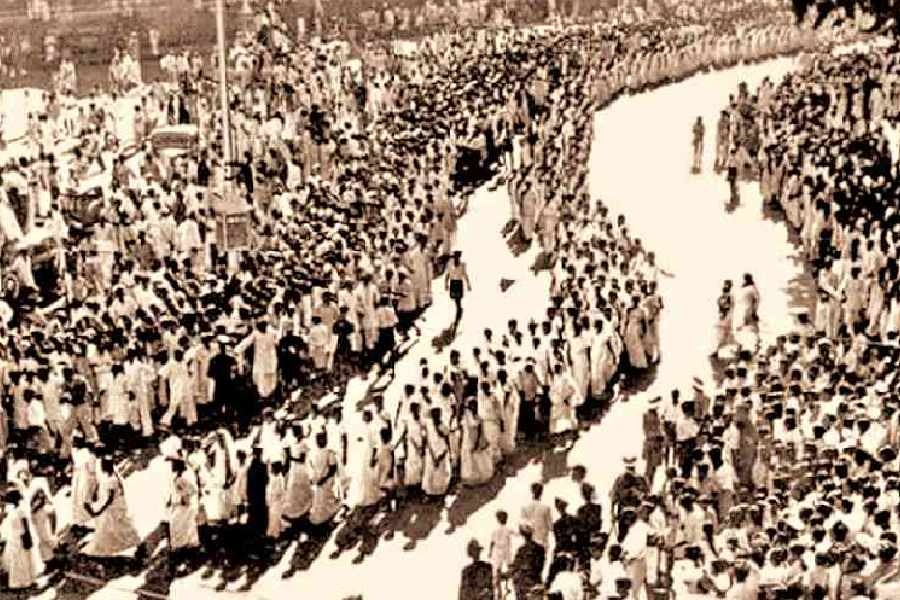Context:
Recently on commemorating the 82nd anniversary of the Quit India Movement, Prime Minister Narendra Modi paid homage to those who participated in the Quit India movement under Bapu’s leadership, describing it as a watershed moment in the freedom struggle.
More on the news:
- The British arrested Gandhiji and other prominent leaders of the Congress but the movement grew organically and hastened the departure of the British after the end of World War II.
Quit India Movement:
- Launched: August 9, 1942
- Mahatma Gandhi called for a ‘do or die’ and gave slogans of ‘Quit India’ or ‘ Bharat Chhoro’ In his speech at Gowalia Tank, Bombay on August 8, 1942.
- Despite the arrest of Congress leaders, the Indian populace united behind Gandhi’s call for independence.
- Mahatma Gandhi was imprisoned in Poona.
- Jawaharlal Nehru, Abul Kalam Azad, and other leaders were imprisoned in the Ahmednagar Fort.
Reason for Launch of Quit India Movement:
- Failure of Cripps Mission: The Cripps Mission’s inability to resolve the constitutional deadlock highlighted Britain’s unchanged attitude toward constitutional advancement.
- Rising Discontent: News of British reverses in Southeast Asia and the approach of Japanese troops heightened the Indian populace’s willingness to express discontent.
- Economic Hardship: Shortages of essential goods and rice exports led to widespread deprivation, culminating in the Bengal Famine of 1943.
- Growing Nationalism: By 1942, India’s quest for independence had been underway for several decades. The nationalistic sentiment was at its height, and the general population was growing increasingly frustrated with British rule.

